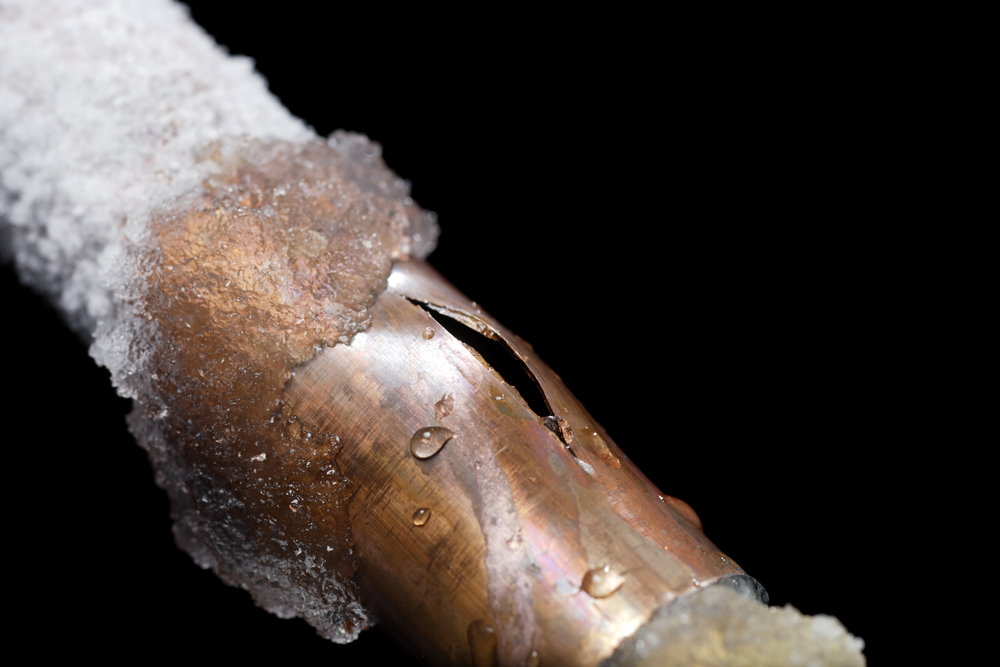Right here below you might get lots of great insight about Winter Plumbing Precautions: Preventing Frozen Pipes.
.jpg)
Winter can ruin your plumbing, especially by freezing pipelines. Below's exactly how to stop it from happening and what to do if it does.
Introduction
As temperature levels drop, the risk of frozen pipes boosts, possibly bring about expensive repairs and water damage. Recognizing just how to stop frozen pipelines is crucial for home owners in cold environments.
Comprehending Frozen Pipes
What triggers pipes to ice up?
Pipes ice up when subjected to temperatures listed below 32 ° F (0 ° C) for expanded durations. As water inside the pipes ices up, it expands, taxing the pipe walls and possibly causing them to burst.
Threats and damages
Frozen pipelines can lead to water system disturbances, residential property damages, and expensive fixings. Burst pipelines can flood homes and create considerable architectural damage.
Indicators of Frozen Pipeline
Identifying icy pipelines early can avoid them from bursting.
Exactly how to recognize frozen pipelines
Search for reduced water circulation from faucets, unusual smells or noises from pipelines, and visible frost on exposed pipes.
Prevention Tips
Shielding vulnerable pipelines
Wrap pipelines in insulation sleeves or make use of warm tape to shield them from freezing temperature levels. Focus on pipelines in unheated or outside locations of the home.
Heating strategies
Keep indoor areas adequately heated, specifically locations with plumbing. Open up closet doors to allow warm air to flow around pipes under sinks.
Securing Outdoor Plumbing
Garden pipes and outdoor faucets
Detach and drain pipes yard pipes prior to winter months. Set up frost-proof spigots or cover outdoor faucets with insulated caps.
What to Do If Your Pipelines Freeze
Immediate actions to take
If you think frozen pipelines, maintain faucets open to ease pressure as the ice thaws. Use a hairdryer or towels taken in hot water to thaw pipelines slowly.
Long-Term Solutions
Architectural adjustments
Take into consideration rerouting pipelines far from exterior wall surfaces or unheated areas. Include added insulation to attic rooms, basements, and crawl spaces.
Upgrading insulation
Purchase top quality insulation for pipes, attics, and wall surfaces. Appropriate insulation aids keep consistent temperature levels and decreases the danger of icy pipelines.
Final thought
Stopping frozen pipelines needs proactive actions and quick feedbacks. By comprehending the causes, indications, and safety nets, home owners can protect their pipes during cold weather.
5 Ways to Prevent Frozen Pipes
Drain Outdoor Faucets and Disconnect Hoses
First, close the shut-off valve that controls the flow of water in the pipe to your outdoor faucet. Then, head outside to disconnect and drain your hose and open the outdoor faucet to allow the water to completely drain out of the line. Turn off the faucet when done. Finally, head back to the shut-off valve and drain the remaining water inside the pipe into a bucket or container. Additionally, if you have a home irrigation system, you should consider hiring an expert to clear the system of water each year.
Insulate Pipes
One of the best and most cost-effective methods for preventing frozen water pipes is to wrap your pipes with insulation. This is especially important for areas in your home that aren’t exposed to heat, such as an attic. We suggest using foam sleeves, which can typically be found at your local hardware store.
Keep Heat Running at 65
Your pipes are located inside your walls, and the temperature there is much colder than the rest of the house. To prevent your pipes from freezing, The Insurance Information Institute suggests that you keep your home heated to at least 65 degrees, even when traveling. You may want to invest in smart devices that can keep an eye on the temperature in your home while you’re away.
Leave Water Dripping
Moving water — even a small trickle — can prevent ice from forming inside your pipes. When freezing temps are imminent, start a drip of water from all faucets that serve exposed pipes. Leaving a few faucets running will also help relieve pressure inside the pipes and help prevent a rupture if the water inside freezes.
Open Cupboard Doors
Warm your kitchen and bathroom pipes by opening cupboards and vanities. You should also leave your interior doors ajar to help warm air circulate evenly throughout your home.

We are very fascinated by Preventing and dealing with frozen pipes and I hope you enjoyed the entire blog post. In case you appreciated our post kindly don't forget to share it. Kudos for being here. Please pay a visit to our blog back soon.
This Page